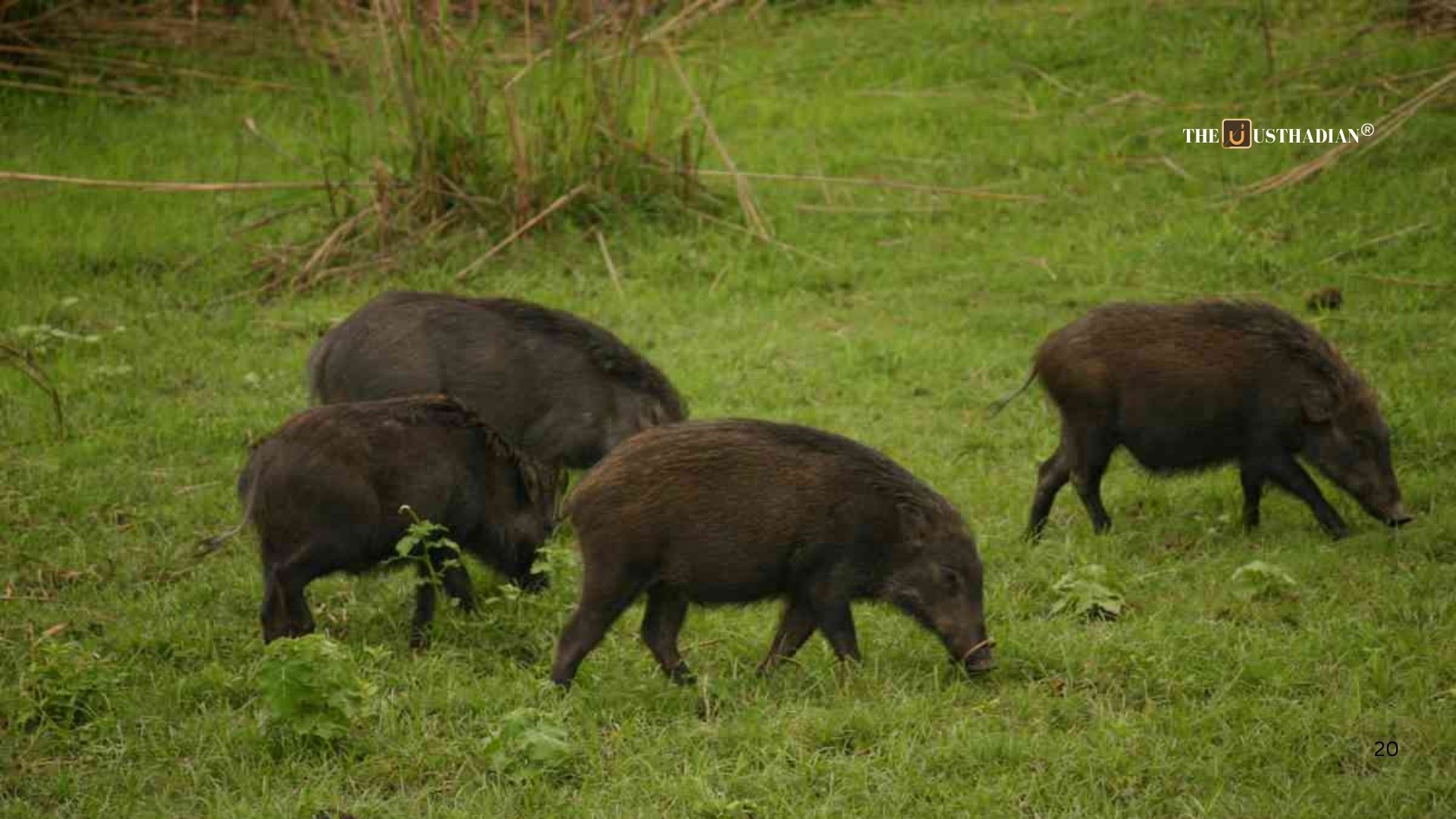Why Culling Was Introduced: Farmers in Crisis
Tamil Nadu’s New Wild Boar Culling Policy: Balancing Farmer Welfare and Wildlife Conservation: For years, farmers near Tamil Nadu’s forest belts have faced heavy crop losses due to wild boar raids, which damage fields overnight, destroy irrigation lines, and lead to repeated seasonal income shocks. Wild boars, once restricted to forest zones, are now venturing further into human settlements due to habitat fragmentation and food scarcity.
The government’s zone-based culling policy is thus a relief measure that aims to address farmer concerns while upholding ecological ethics.
Understanding the Zone-Based Culling System
To avoid indiscriminate killings and ecological imbalance, Tamil Nadu has introduced a three-tier action zone system:
Zone A: No Culling Allowed (0–1 km from Forest Boundary)
- Highly protected zone closest to forest interiors
- Focus on habitat conservation, non-lethal methods (like fencing, awareness)
- Purpose: Prevent disruption to core forest wildlife
Zone B: Capture and Release Zone (1–3 km)
- Forest staff can trap wild boars and release them safely back
- A humane middle-ground approach
- Requires trained capture teams and coordination between agriculture and forest departments
Zone C: Controlled Shooting Zone (Beyond 3 km)
- Wild boars may be culled only by trained forest officials
- Farmers are not allowed to kill animals directly
- Safeguards aim to ensure ethical and limited intervention
Static GK Snapshot for Exams
Tamil Nadu’s New Wild Boar Culling Policy: Balancing Farmer Welfare and Wildlife Conservation:
| Topic | Details |
| Policy Issued By | Tamil Nadu Forest Department |
| Zones Introduced | Zone A – Prohibited, Zone B – Capture & Release, Zone C – Culling |
| Legal Basis | Wildlife Protection Act, 1972 (vermin provision) |
| Who Can Cull? | Only trained Forest Department personnel |
| Wildlife Status of Boars | Classified as vermin (state-specific) under Wildlife Protection Rules |
| Objective | Balance farmer welfare with wildlife conservation |








